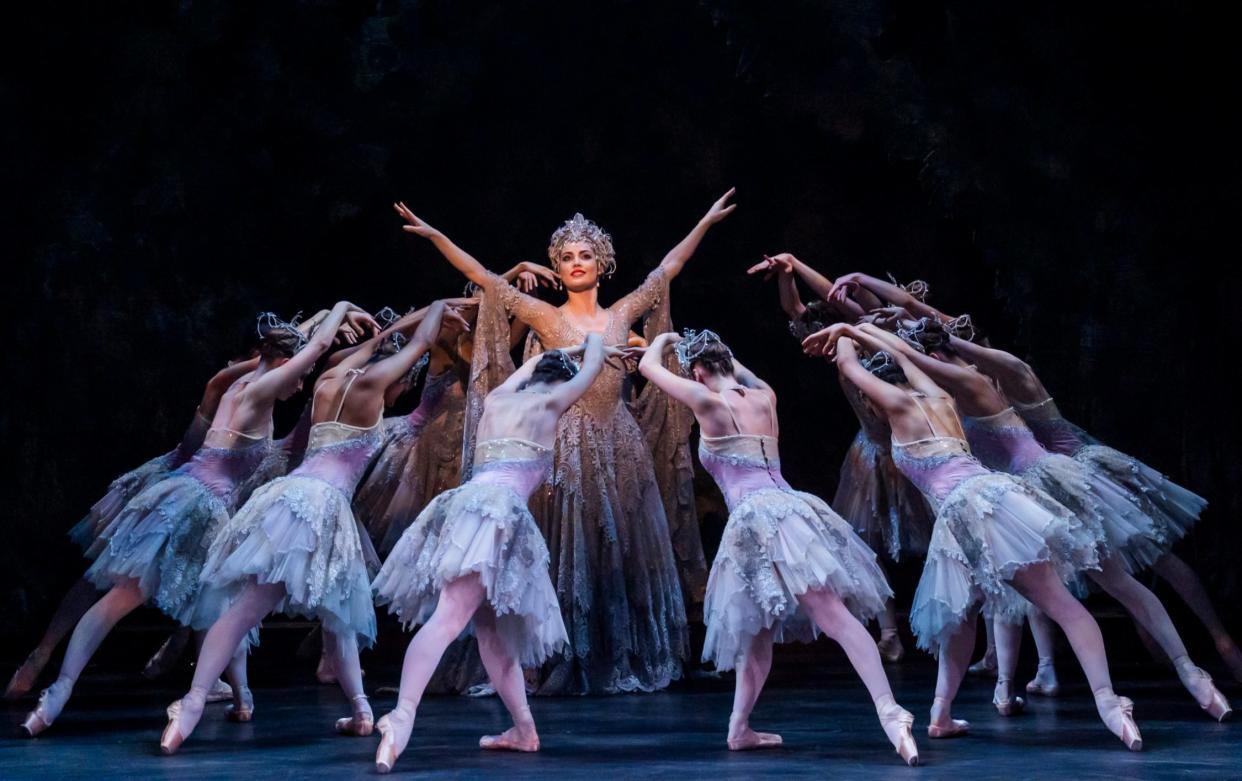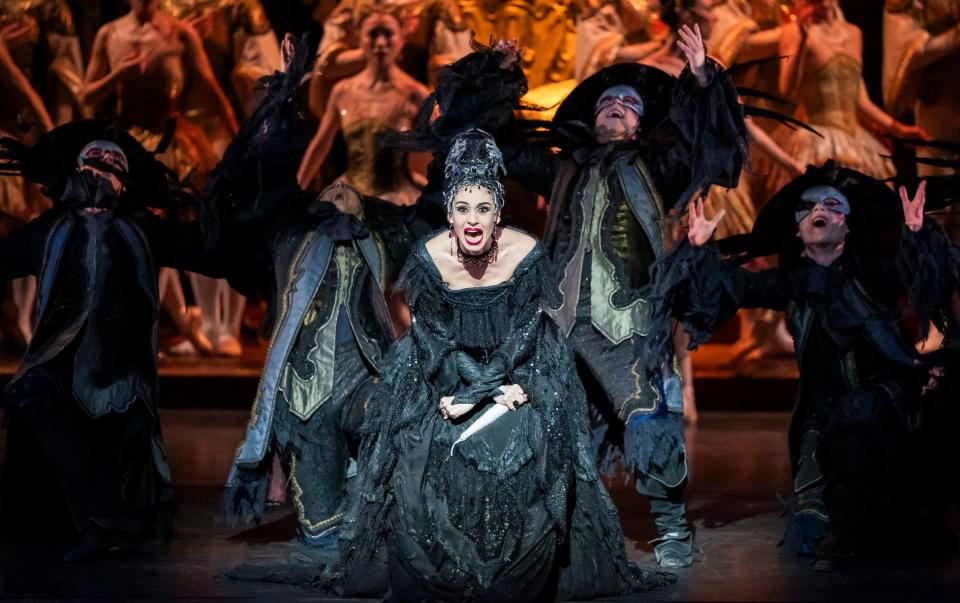BRB’s Sleeping Beauty: A magnificent production of the world’s trickiest ballet

Wot, no sex? No illicit desire? No death? The Sleeping Beauty is – in its Tchaikovsky score, and its uniquely challenging Petipa/Ivanov steps – the grandest of the surviving 19th-century ballets. But, lacking any of those traditional motors of virtually every other full-evening ballet ever created (even The Nutcracker has a battlefield fracas, albeit between toys and rodents), it can easily come across as a snoozesome three-hour tapestry of impressive set-pieces Sellotaped together by an anodyne plot. After all, every time things threaten to get interesting, the Lilac Fairy materialises, waves her magic wand, and makes everything irksomely fine: great for the characters, less so for the audience.
However, with the right dancers, producers and orchestra, it can still cast a spell – and Birmingham Royal Ballet’s version tries its darndest to do just that. Created in 1984 by the great Peter Wright (who turns 98 this year), and designed by Philip Prowse, this now 40-year-old version treats the steps (including passages by Frederick Ashton) and story with complete respect, and is a gilded but un-garish visual banquet. Prowse’s attention to detail with the costumes, which have to span more than a century, is particularly marvellous, and sets and lighting fuse to create an impression as opulent as it is subtly elegiac. It’s as if we’re stepping briefly into a world far more magical than our own, but also long gone, and the result is not only much more beautiful than most Sleeping Beautys – including the Royal Ballet’s – but also far more interesting and atmospheric.
But what of the dancing? On the first night of this London run at Sadler’s Wells – an incongruously modern frame for such an old-fashioned confection – performances were mixed. As Princess Aurora, the fleet debutante Yu Kurihara was so visibly nervous during the notoriously difficult Act I Rose Adagio, with its horribly exposed quartets of balances, that I (never mind her) almost needed a lie-down afterwards. And, although the first solist did settle to some extent into the role, delivering some poetic upper-body flourishes in the closing Act III grand pas, there was a lingering tenseness about her that often prevented her from projecting as she needed to. In the Act II vision scene, the corps was respectable, but not quite sufficiently light or in-synch enough to be truly magical. The Prologue’s Fairies proved a mixed bag: all fine, only one remarkable.
The dancer in question was tiny, newly appointed principal Beatrice Parma, whose razor-sharp musicality and brisk confidence made her Fairy of Temperament a real standout – as it also later did her Enchanted Princess in the Bluebird pas de deux. High marks, too, to the lyrical newcomer Enrique Bejarano Vidal as the latter’s partner – he is only a young corps member, but we should be seeing much more of him.

Lachlan Monaghan was a marvellously commanding and detailed prince, taking steps, story and every scene he was in by the scruff of the neck, and proving a muscular partner to Kurihara. In the twin, chalk-and-cheese “character” roles, Daria Stanciulescu’s Carabosse (boo!) and Eilis Small’s Lilac Fairy (cheer!) were models of authority despite both being debuts, reminding one that although the piece’s knight-in-shining-armour plot isn’t exactly straight out of Spare Rib, this is a story in which two women in fact call the shots. A quick mention too for Rosanna Ely, whose Act III Red Riding Hood (a role I usually detest) was as beautifully danced as it was comically astute – a joy.
Meanwhile, the Royal Ballet Sinfonia, under Philip Ellis, was beyond reproach, and it is hard to overstate how magnificent this production is – especially so for a tourer. You really get your money’s worth, and (unusually for this ballet) I wasn’t bored once. My only, gentle caveat is that I hope BRB’s inspiring but internationally committed director Carlos Acosta – a fellow for whom I have endless respect – manages to keep on-site and in the BRB studio enough to keep standards as high as the company’s dancers, audiences and tradition deserve. I had a good evening, but some polishing is needed.
Until April 27. Tickets: 020 7863 8000; sadlerswells.com

 Yahoo News
Yahoo News 
